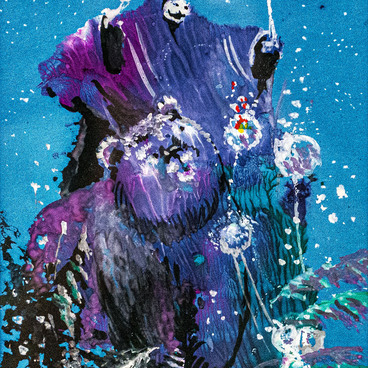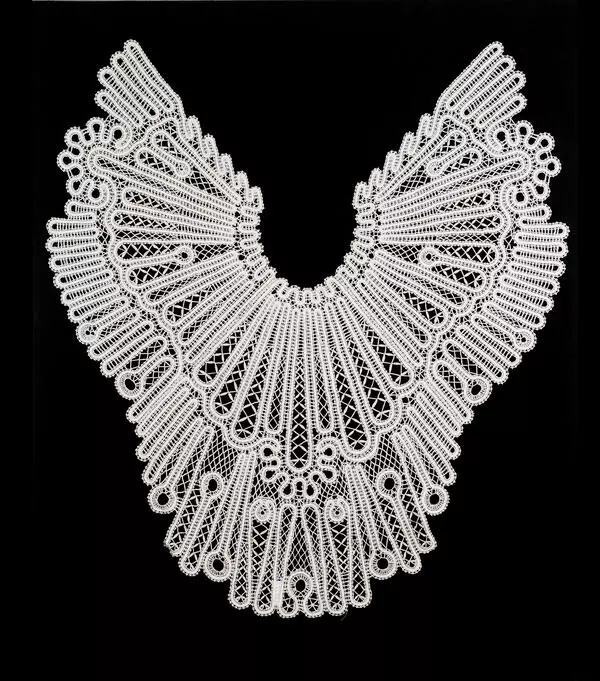The art of lace making appeared in Europe in the 17th century, when metal pins began to be used, with the help of which masters were able to conveniently fix the threads during work.
Soon, lace became popular in different countries. In each center of lace weaving, they developed their own techniques, a system for constructing an ornament and rules for using the texture of the canvas.
The wives of Dutch carpenters, who were invited by Peter the Great to build the Russian fleet, brought this type of needlework to Russia. With time, Russian craftswomen reached such a high level that a special kind of lace called ‘Russian’ appeared.
Ural craftswomen made a great contribution to the development of this craft. In the ‘Silk Hill’ Pavel Bazhov told the story of how the serf Marfa Shmeleva created asbestos non-flammable lace in Nevyansk in 1726. In addition, at the end of the 18th century, 86 families wove various types of lace at the Upper Iset plant in Yekaterinburg.
The collection of the ‘Gamayun’ Museum Center contains original lace. Their creator, the craftswoman Lyubov Vereshchagina, worked as a micro-welding operator for a long time before she became interested in decorative and applied art. For some time she was engaged in needlework exclusively for herself. She embroidered, crocheted and knitted, sewed clothes for children. Later she learned to weave lace on bobbins.
Soon, lace became popular in different countries. In each center of lace weaving, they developed their own techniques, a system for constructing an ornament and rules for using the texture of the canvas.
The wives of Dutch carpenters, who were invited by Peter the Great to build the Russian fleet, brought this type of needlework to Russia. With time, Russian craftswomen reached such a high level that a special kind of lace called ‘Russian’ appeared.
Ural craftswomen made a great contribution to the development of this craft. In the ‘Silk Hill’ Pavel Bazhov told the story of how the serf Marfa Shmeleva created asbestos non-flammable lace in Nevyansk in 1726. In addition, at the end of the 18th century, 86 families wove various types of lace at the Upper Iset plant in Yekaterinburg.
The collection of the ‘Gamayun’ Museum Center contains original lace. Their creator, the craftswoman Lyubov Vereshchagina, worked as a micro-welding operator for a long time before she became interested in decorative and applied art. For some time she was engaged in needlework exclusively for herself. She embroidered, crocheted and knitted, sewed clothes for children. Later she learned to weave lace on bobbins.





